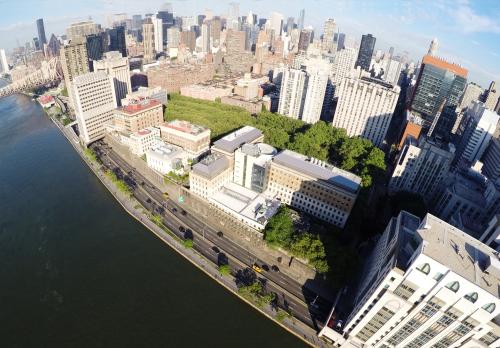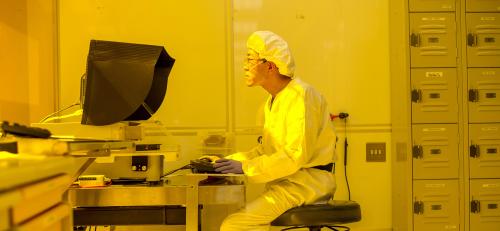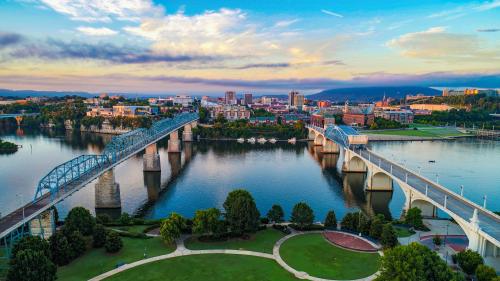No shortage of ink has been spilled over what exactly Amazon is looking for in HQ2. Urban planners think the company wants an amenity-rich downtown location; for environmentalists it’s an eco-nirvana campus; and traditional economic developers believe Amazon wants what every company demands: tax incentives and talent.
One element of Amazon’s RFP has received less attention—its desire to be near an urban university. Of course, the most obvious reason to locate near a university is to attract a steady flow of talent. But Amazon is seeking a headquarters location, not simply a technology or engineering center—and that means it will need lawyers, accountants, and marketing and design reps in addition to coders and engineers. Not only will the region need a sizeable existing labor pool, it will also a steady flow of new blood.
However, talent is not the only reason why a downtown university should be desirable to the “everything” company. In a recent Brookings paper, I explain how research universities located in the midtowns and downtowns of cities punch above their weight in terms of translating academic research into market-ready ideas.
For example, compared to their suburban and rural peers, these downtown universities produce 123 percent more patents and 71 percent more startups from their research. They also sign 80 percent more licensing deals with companies (where a company pays a university to use the school’s inventions) and receive significantly more income from those licenses. The average downtown school receives $1,200 per student in licensing income, compared to $300 at other research universities.
The ability to translate academic science into commercial applications should be essential to Amazon. Not only is the company already at the technological frontiers of its own industry (logistics and online commerce), it is aggressively moving into new domains ranging from health care to transportation. Few companies rely as heavily on technological advances as Amazon, and being close to the “secret sauce” will be critical to Amazon’s success in these new sectors.
Firms are already moving to locate closer to research universities in their areas of interest. One reason for this is that companies are relying on external R&D more than in the past. In a prior Brookings paper, I discuss how 47 percent of new firm innovation comes from external sources and partnerships.
Amazon has cultivated partnership with the University of Washington by endowing computer science professors in areas of mutual interest. If capturing a large swath of the new economy is part of Amazon’s motivation for opening a second headquarters, proximity to and partnerships with a downtown university should be at the top of the list.
The Brookings Institution is committed to quality, independence, and impact.
We are supported by a diverse array of funders. In line with our values and policies, each Brookings publication represents the sole views of its author(s).








Commentary
Amazon wants to be near a downtown university
October 18, 2017